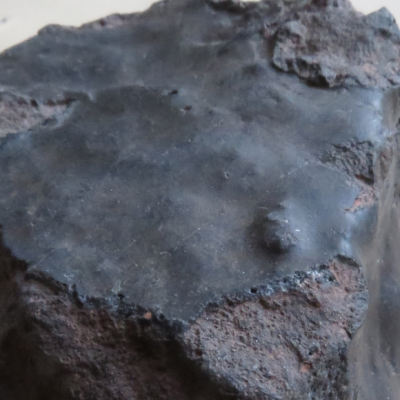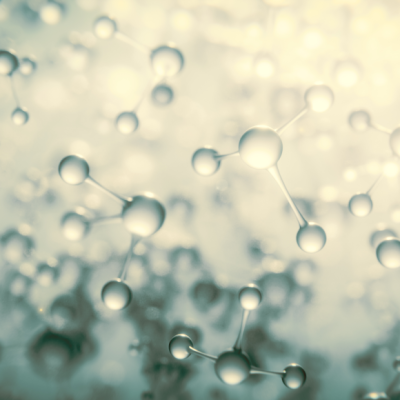Counterfeit products are a major problem in various industries, including fashion, art, and even wine. However, researchers from the University of Natural Resources and Life Sciences in Vienna have developed a new chemical analysis method that can determine the origin, variety, and vintage of a wine sample. This breakthrough could help in identifying high-priced wine forgeries and routine wine checks. The team of researchers, led by Tim Causon and Stephan Hann from the Department of Analytical Chemistry, created a chemical fingerprint of 42 wines from Macedonia using a highly precise analysis method that combines liquid chromatography with ion mobility-flight time mass spectrometry.
The researchers analyzed all the representatives of entire substance classes instead of looking for specific substances in the 42 wines of five different varieties. This method provides better data and information content, allowing for the identification of unknown substances in wine. Causon explained that the molecular fingerprint obtained from this method is unique to each wine and can serve as a basis for future accurate identification. The original wines must be analyzed and stored in a database before the wine analysis can be performed. This method can not only determine the type of wine but also its vintage.
The new chemical analysis method could help in the fight against wine forgeries, which is a significant problem in the wine industry. The researchers’ findings were published in the Analytica Chimica Acta journal, and they collaborated with colleagues from Macedonia on the project. The analysis method could be used in the future to identify high-priced wines and routine wine checks, which could help in understanding the role of aroma-giving substances in wine. The researchers’ breakthrough could help in identifying wine forgeries and provide a better understanding of the substances that give wine its unique aroma.










